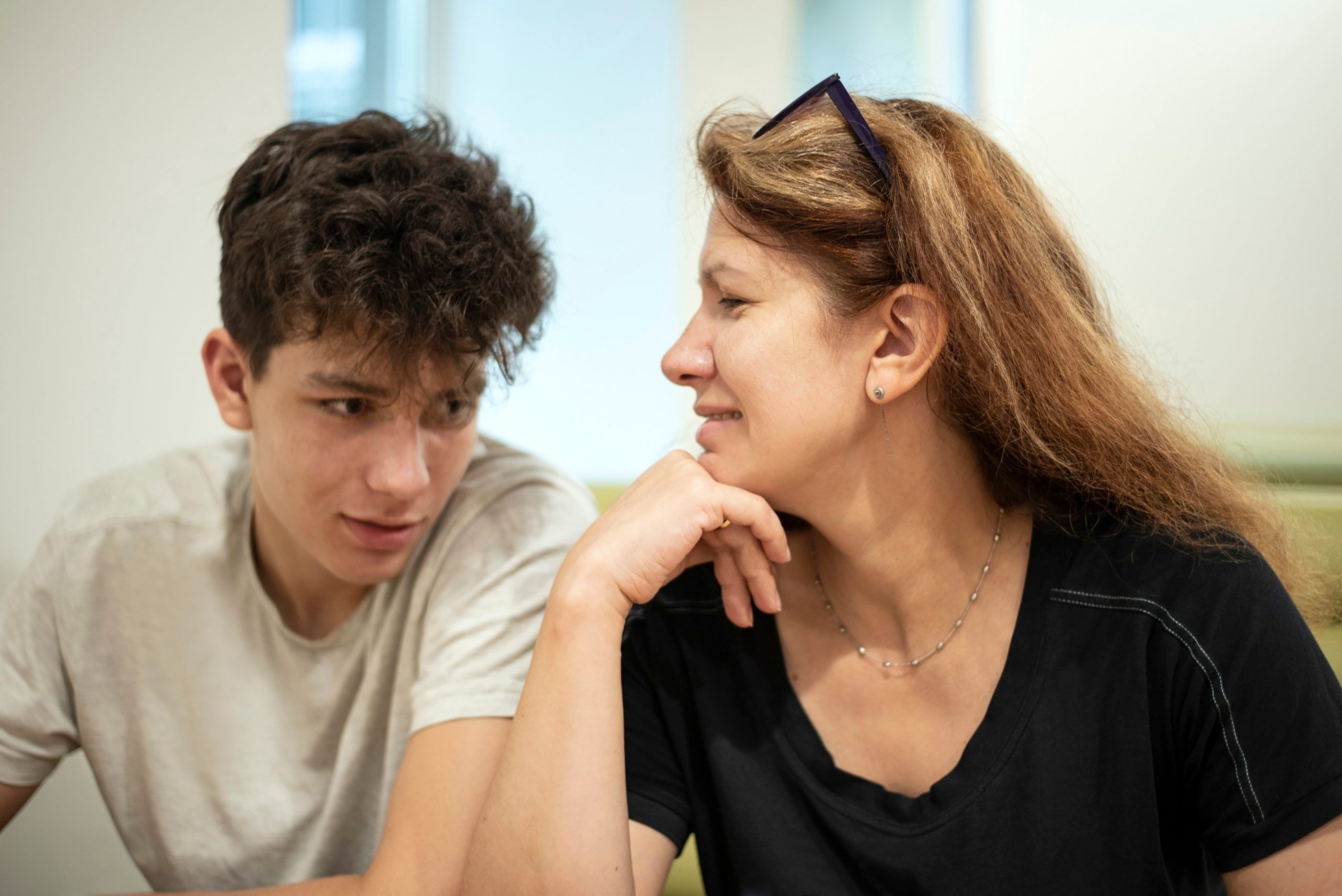
Dr Amita Jassi is Consultant Clinical Psychologist National and Specialist OCD, BDD and Related Disorders Clinic, South London and Maudsley NHS Foundation Trust.
Dr Jassi said: “As you’re developing and growing it’s normal to think about your appearance or identify a part of your appearance you don’t like very much. But for some people this can be more distressing and upsetting and have a big impact on your life. It is important to remember that having BDD does not mean you are vain or obsessed with yourself.”
To raise awareness for Children’s Mental Health Week, Dr Jassi has shared three points which may help people to recognise the symptoms of BDD.
1. You are concerned about a perceived flaw in your appearance
BDD is a preoccupation with a flaw or something wrong with your appearance that you see but other people might say they can’t see or don’t think its big deal.
It is important to remember that everyone spends time thinking about their appearance. People with BDD tend to worry about specific areas or features.
2. You are spending a lot of time thinking or worrying about it
People with BDD will spend a lot of time and headspace thinking and worrying about their appearance. These concerns may be distressing may even stop you doing things your friends are doing and impact your social life and relationships.
3. The things you are doing to make you feel better cause you more distress
People with BDD work hard to fix or hide their appearance. Some people with BDD find the steps they take to make them feel better can cause more distress, they don’t help to fix the appearance and take up lots of time. This could include going to a lot of effort with makeup, spending a lot of time choosing clothes or checking the mirror a lot. Young people with BDD may find they are spending a lot longer than their friends to leave the house or get ready for school. They may realise they are avoiding lots of situations because of their appearance worries too.
Help and support
Dr Jassi said: “Help and support is available. People with BDD sometimes feel the best thing is to change your appearance or alter it. We know this is not helpful and may only make you feel better in the short term, may not make you feel better at all or even make you feel worse. Getting help is important because symptoms probably will not go away without treatment and may even get worse.
“Support available for people with BDD including talking therapies (Cognitive Behaviour Therapy), with or without medication. We know this can make people feel much better.”

If people think they have BDD, the first step is to speak to a GP and ask to be referred to a mental health team.
South London and Maudsley NHS Foundation Trusts provides assessment and treatment for young people with Body Dysmorphic Disorder across the UK. Find out more https://slam.nhs.uk/national-services/child-and-adolescent-services/body-dysmorphic-disorder-service/
Categories
Follow Us
For the latest updates and news, follow us on our social channels.
